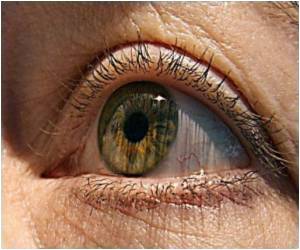
"Our paper shows that horizontal neurons known to be deficient in this gene exhibited abnormalities in the way their dendrites – the arms that connect to other cells – were organized after a certain number of days after birth," said the Department of Energy lab's Ryan Kerekes, one of the authors. The images of mouse retinas were acquired using confocal microscopy while The Jackson Laboratory provided the mice.
To make their discovery, Kerekes, ORNL colleague Shaun Gleason and postdoc Mahmut Karakaya developed a computer program and automated tool that traces the very complex and intricate dendritic arbor. This tool allows scientists to draw a line along each branch in the neuron's tree of connectors so the branch can be measured in terms of length, angle and other parameters.
"Previously, this was a very time-consuming and labor-intensive process," Kerekes said. "Existing commercial software tools were not tuned to this particular data and, as a result, produced too many tracing errors."
As a result, only a handful of cells could be analyzed in sufficient detail, according to Kerekes, who noted that the ORNL tracing algorithms achieves the level of accuracy required to analyze thousands of developing neurons.
Retinoblastoma is caused by a mutation in a gene controlling cell division, causing cells to grow out of control and become cancerous. It is most commonly found in children 2 and younger.
Advertisement
Source-Eurekalert









